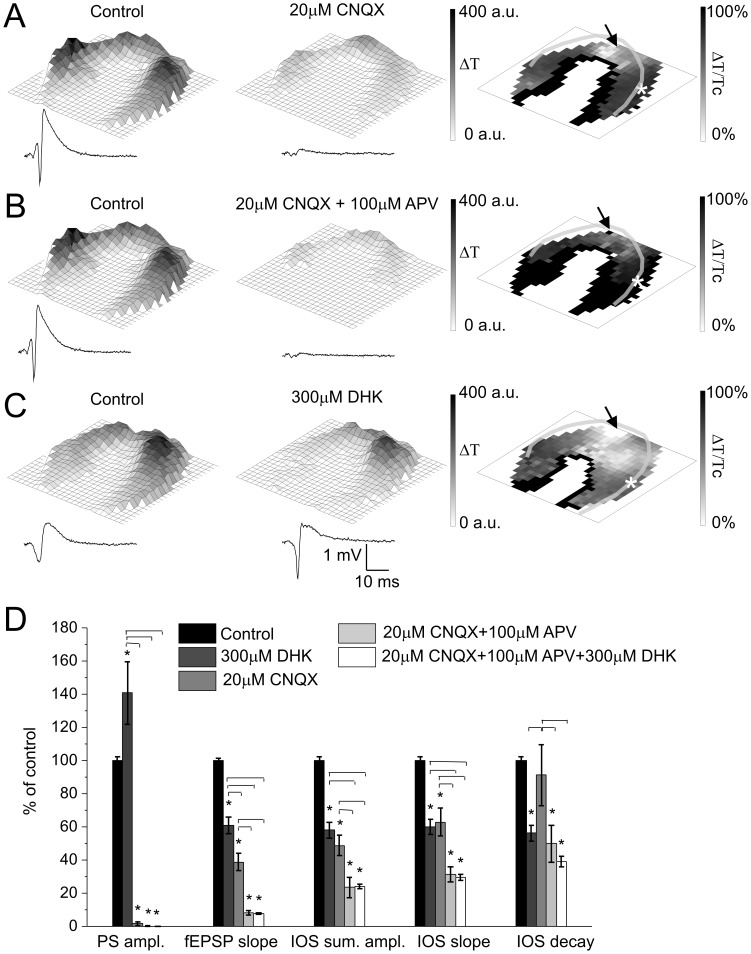Figure 4. Ionotropic glutamate receptors and glial glutamate uptake plays a role in IOS.
A Left and Middle: Representative IOS amplitude map and field response curve under control condition and under application of 20 µM CNQX, respectively. The colorbar indicates the maximum change of the transmittance compared to the resting light intensity. A Right: Spatial visualization of the percentage of control changes of IOS signal caused by CNQX application. B Left and Middle: Representative IOS amplitude map and field response curve under control condition and under application of 20 µM CNQX in combination with 100 µM APV, respectively. The colorbar indicates the maximum change of the transmittance compared to the resting light intensity. B Right: Spatial visualization of the percentage of control changes of IOS signal caused by APV and CNQX application. C Left and Middle: Representative IOS amplitude map and field response curve under control condition and 300 µM DHK application, respectively. The colorbar indicates the maximum change of the transmittance compared to the resting light intensity. C Right: Spatial visualization of the percentage of control changes of IOS signal caused by DHK application. D: Effect of 300 µM DHK and 20 µM CNQX alone and 20 µM CNQX in combination with 100 µM APV or 100 µM APV and 300 µM DHK on the field response and IOS parameters in percentage of control. Asterisks indicate significant changes compared to control (P<0.05 Mann-Whitney U test, N = 5−7) and horizontal bars above the columns denotes significant changes between columns (P<0.05 One-way ANOVA, N = 5−7). Transparent lines on panel A, B C right indicate the pyramidal cell layer. The position of the stimulating and recording electrode are marked by an arrow and asteriks, respectively.

